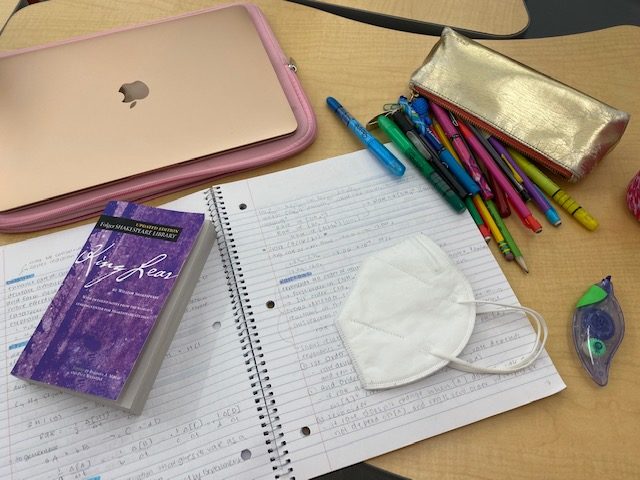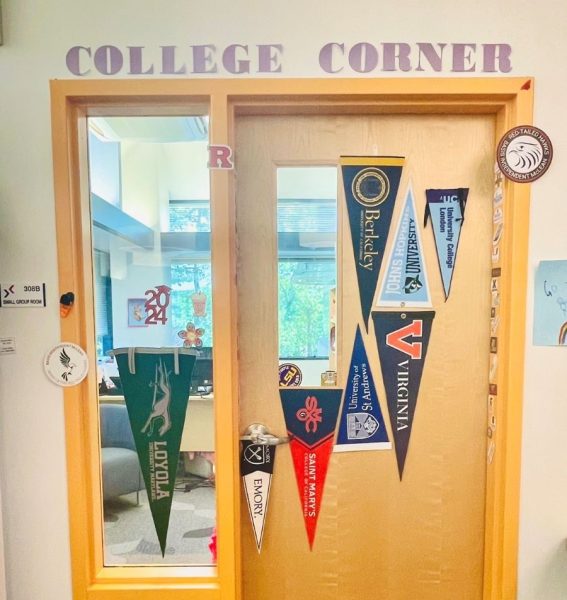Impact of Hybrid Learning: The Surprising Positives and the Predicted Negatives
The BIM Hybrid Learning Model was implemented in the 2020-2021 school year as a result of COVID-19. A schedule in which half the school (red cohort) would come to school on Monday and Tuesday and the other half (blue cohort) would come on Thursday and Friday. Wednesdays were fully virtual. The response was a mix of confusion, fear, and, for me, excitement. And while yes, at the beginning of the school year there was quite a bit of apprehension, I found that the Hybrid Model was very successful in promoting a variety of things that fully in-person learning tends to forget.
When BIM switched from all virtual learning, the majority of other schools in Northern Virginia were fully online. Fully in-person learning like the kind we had pre-COVID is generally the most effective way of education in comparison to the online format. That being said, how big would the difference be with only 2 days in school versus all online? Personally, I found this as an advantage.
There were also a lot of personal benefits specific to me. As many know, I compete in 10 meter Air Pistol and the national and, now, international level. I contribute the majority of my improvement in the sport to the Hybrid Model. Being at home 5 days a week allowed me to train a lot more frequently and with longer sessions. Because of this, my score improvements led me to be selected on the National Junior Team in February and winning my first ever international gold medal in March.
Additionally, when traveling during the Hybrid Model, you only miss a small portion of school days in comparison to fully in person. The fact that they only miss 2 days of in-person schooling per week of missing school combined with 3 additional days at home to make up work contributes to the benefits of the Hybrid Model. This allows individuals to make up schooling (fewer student hours, not as overwhelming) quicker and with fewer things to cover.
Beyond this, the Hybrid Model allowed me to have more time to complete assignments and study for exams. Consequently, I was less stressed since my main source of anxiety has been schooling and grades. Not only did my mental health improved, but I also got more sleep.
As far as actual academics go, I don’t think I missed out that much during the Hybrid Model because of the supplemental material and asynchronous days. And while I agree that learning is best done in school, 5 days a week, this was a good alternative, especially given the COVID-19 circumstances.
While these are some of my personal benefits, there are also many drawbacks that may cancel out the aforementioned. I found that even though I had more time to complete assignments, there was no boundary between school and home. Since we extensively used Schoology, whenever you opened your laptop, you had access to school or you saw a new assignment created. Also, some teachers would make assignments due on the weekend, further proving the point that Hybrid Model didn’t allow for a separation between classroom and home. To add on, BIM in the past has not had to use computers that much and not nearly as extensively as with Hybrid. Staring a screen for multiple hours can cause strain on your eyes.
COVID-19 has caused education to take form in many different ways. For some schools, it was fully virtual but for us it was Hybrid. And while Hybrid had its drawbacks, it was the safest and closest way that we as a BIM community could be back to normal.








